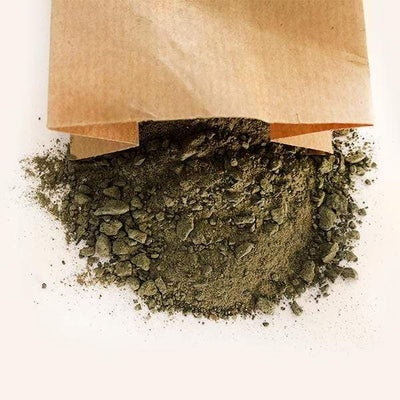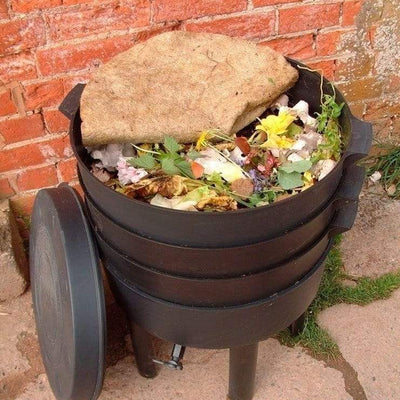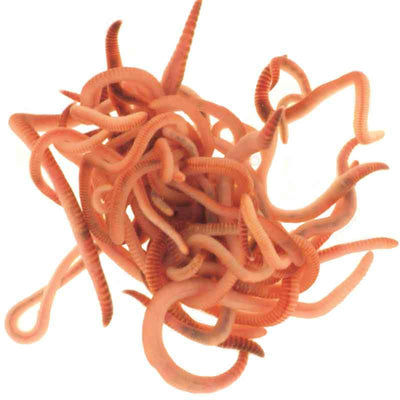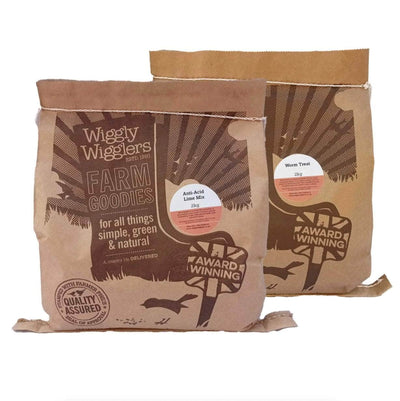Essex is set to become home to Europe’s largest “low-carbon horticulture site”. On the surface, it sounds great: tomatoes and cucumbers grown in the UK, powered by energy captured from burning household waste — including food scraps — with CO₂ piped into greenhouses to speed up growth.
But before we get carried away, it’s worth asking a few important questions…
⸻
♻️ Is burning waste really the greenest option?
Yes, it captures heat and CO₂. But once you burn food waste, that organic matter — and all the nutrients in it — is gone. Isn’t there a better way to reuse it that actually puts goodness back into the ground?
⸻
🚛 What about all that transport?
Food waste has to be collected, moved, and incinerated. That’s a lot of energy used just to… grow some veg. Couldn’t we deal with a chunk of this waste closer to home?
⸻
🌱 What if we kept things a bit more natural?

With something like Bokashi composting, you can process all your kitchen scraps at home — even meat and dairy — with no smell, no mess, and no bin lorry required. The result? Nutrient-rich material that goes back into your soil, helping your own veg patch thrive.
⸻
🔄 Shouldn’t we be closing the loop in our gardens first?
Big tech solutions might have a place — but let’s not lose sight of the small ones.
Real sustainability starts with living soil, made from waste that never had to leave your kitchen.
⸻
👉 Want to try it for yourself?
Start your Bokashi journey here: Bokashi Composting – The Wiggly Way






